There are plenty of reasons why people learn Japanese; studying for the JLPT, preparing to go to Japan for vacation, or just enjoying Japanese culture.
Among the many options to study Japanese, language apps are some of the most popular types of resources. Not only are they affordable, and sometimes free, but they also allow for a lot of flexibility when learning. However, they may not always make the most comprehensive solutions and are usually best used as supplementary resources or in conjunction with other resources.
We’ll be taking a look at some of our favorite Japanese language apps, organized by category. This list is nowhere near comprehensive, but it’s a good portion of the many apps we’ve tested as well as some popular alternatives to help you learn Japanese.
Table of Contents
Table of Best Apps to Learn Japanese
Links below will send you to the app websites, and the app details are down below.
Best for Practicing Oral Communication Skills: Pimsleur
Best Interactive Course: Lingodeer
Best for Thorough Instruction: Human Japanese
Best Podcast-Style Lessons: JapanesePod101
Best for Side-by-Side Reading: Beelinguapp
Best for Story-Based Learning: Satori Reader
Best for Pronunciation Feedback: Speechling
Best for Learning Handwriting: Write It! Japanese and Skritter
Best for Writing Feedback: italki
Best for Speaking From Day 1: Pimsleur
Best for Learning Vocabulary from Context: Clozemaster
Most Versatile Option for Vocabulary Practice: Anki
Best Dictionary App: Takoboto
Most Engaging Vocabulary Practice: Memrise
Best for Finding a Tutor: italki and Preply
Best for Language Exchange: HelloTalk and Tandem
Best for Quick Questions: HiNative
Overall Best Japanese Learning Apps
The apps in this category use a curriculum and attempt to teaching several aspects of the languages. Although they usually end up teaching some skills better than others, they can make good options for beginners looking for a more comprehensive way to start learning.
Best for Practicing Oral Communication Skills
Pimsleur Japanese
Pimsleur is one of the most popular and longest-standing resources out there for learning a foreign language. Its courses place a strong emphasis on aural and verbal communication skills, paying less attention to grammar explanations and reading or writing skills. There are over 50 language courses available with Pimsleur, and the bulk of the material is taught with audio lessons.
See our Super-Detailed Pimsleur Japanese Review
Best Interactive Course
Lingodeer

Apps that gamify the learning experience can be a refreshing change of pace for learners who aren’t fond of a textbook-style approach, and Lingodeer falls into this category. It manages to achieve a good balance between fun activities and quality instruction. It especially stands out in the category of Asian languages, somewhere other similar apps often fall short.
It may not be totally free like insanely popular Duolingo, but it has better audio and grammar explanations. For Japanese, it’s really no contest between the two.
See our Super-Detailed Lingodeer Review
Best for Thorough Instruction
Human Japanese

Human Japanese was created by a small dedicated team, and it shows. The app is extremely thorough, with explanations for just about everything every step of the way. It takes the absolute beginner through learning how to read and write with an engaging and personable writing style.
In many ways, it´s essentially an interactive textbook. The material is all presented via text, and you´ll do a fair amount of reading. There are animated writing instructions with stroke order for teaching Kana and Kanji, and there are some basic quizzes and practice activities to help you test your knowledge.
Although this resource is very thorough in its instructions, you´ll probably need to find some extra methods for committing what you learn to memory. Practice opportunities are what Human Japanese lacks most.
See our Super-Detailed Human Japanese Review
Apps to Learn Japanese Reading and Listening
The apps included in this category have quality content to help develop and improve your reading and listening skills. Check them out and see which ones work best for you.
Best Podcast-Style Lessons
JapanesePod101
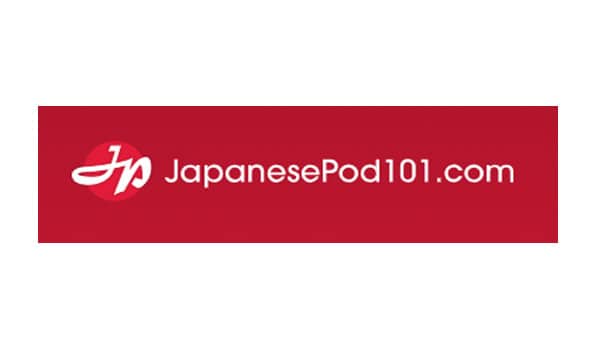
The amount of listening content available on JapanesePod101 is staggering, and while the lessons from ten years ago aren’t as good as the more recent ones, it’s still one of the best places to get Japanese listening practice.
It’s worth mentioning that this won’t be adequate as your only resource for learning Japanese. For listening practice though, there’s a lot to like. The huge amount of content means that there are quality lessons for learners at all levels, though the material at the advanced level isn’t quite as exceptional. Each audio lesson comes with detailed notes that make it easy to learn a great deal.
Use the coupon code “ALLLANGUAGERESOURCES” to save 25% on a subscription.
See our Super-Detailed JapanesePod101 Review
Best for Side-by-Side Reading
Beelinguapp
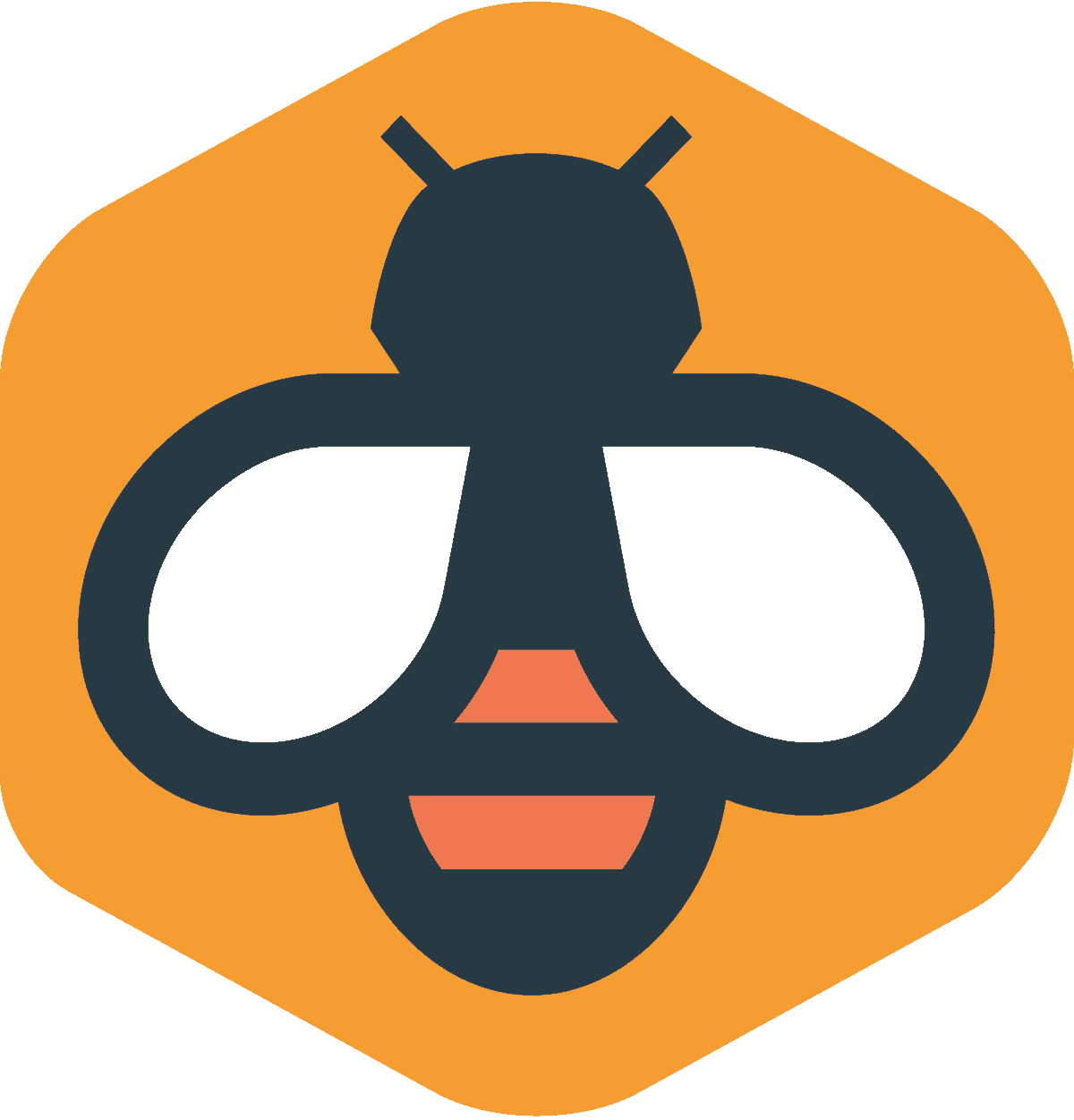
Beelinguapp helps users interact with Japanese text by displaying it alongside their native language. This method is useful for seamlessly switching between the two languages to ensure you understand the material. You also have the option to hide the translated text to be sure you aren’t relying on it more than you need to.
The variety of material on the app is appealing — you’ll find everything from fairy tales to news stories. There’s also a “karaoke” function that allows users to follow along with an audio recording of the text, highlighting sentences as they’re spoken.
Best for Story-Based Learning
Satori Reader

This Japanese reader uses the power of narrative to make your study time engaging and efficient. Through several series of varying themes, articles and stories are posted weekly, often as a continuation of a storyline. The material is written for learners at a variety of levels, and native speaker audio is provided for each.
The platform offers helpful translations that carefully consider the context in which you encounter words, the SRS review option is good, and there are useful grammar explanations. You will need to be able to read at least basic Japanese to use this app efficiently.
See our Super-Detailed Satori Reader Review
Apps for Japanese Speaking and Writing
Speaking and writing in Japanese may seem intimidating at first, but don’t worry. These apps will help with articulation and pronunciations of Japanese as well as writing practice.
Best for Pronunciation Feedback
Speechling
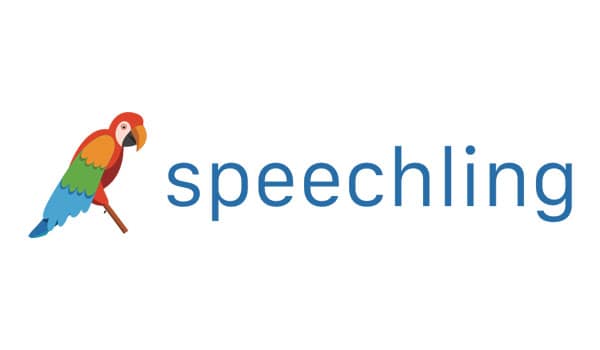
Speechling is a stand-out resource when it comes to getting feedback on pronunciation. It’s an area in which a lot of language apps simply fall short. Instead of relying on voice recognition technology, which has its shortcomings, Speechling gets real humans involved. The process involves mimicking native speakers to try and sound as natural as possible and then having your pronunciation evaluated by a teacher.
A free membership with the site enables you to submit a limited number of recordings to be evaluated each month. Paying for a premium membership means you’ll be able to submit an unlimited number of recordings each month and gain access to a few extra features.
Use the promo code “ALR123” to save 10% on Speechling’s Unlimited Plan.
See our Super-Detailed Speechling Review
Best for Learning Handwriting
Write It! Japanese
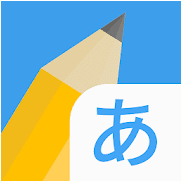
Writing in any foreign language can be a daunting prospect, especially if it uses a completely different writing system. Sentence construction and vocabulary aside, learners of Japanese will first have to master the different writing systems. Fortunately, there are apps such as Write It! Japanese and Skritter that help learners with just that.
Write It! Japanese teaches Hiragana and Katakana stroke order and provides practice opportunities by having the user draw the character on their phone, stroke by stroke. There are also customizable tests and stars for completing challenges to keep things interesting. It’s a good option for learning the basics of the writing system.
Skritter
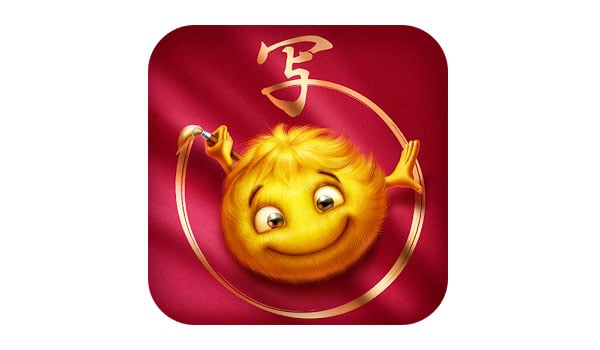
Skritter is an even more powerful option that teaches Kanji in addition to Kana. This one is better suited to the learner that’s more committed to learning to write in Japanese. It’s also more expensive.
See our Super-Detailed Skritter Review
Best for Writing Feedback
italki

Once you’re familiar with the Japanese writing systems, you’ll be able to put more of your thoughts into writing. You’ll probably still need some help crafting grammatically correct, natural-sounding sentences, though. To this end, feedback from real humans that are proficient in Japanese is hard to beat.
italki may be known best for its function as a massive online tutor directory, but its Exercise feature is a solid option for learners looking to get good writing practice. Here’s how it works: users can post a piece of writing in Japanese to have it corrected by others. This feature is free and a good way to get feedback on the things a spellchecker can’t help you with. Right now get a $10 credit with your first purchase.
See our Super-Detailed italki Review
Best for Speaking From Day 1
Pimsleur Japanese
Pimsleur is one of the most popular and longest-standing resources out there for learning a foreign language. Its courses place a strong emphasis on aural and verbal communication skills, paying less attention to grammar explanations and reading or writing skills. There are over 50 language courses available with Pimsleur, and the bulk of the material is taught with audio lessons.
See our Super-Detailed Pimsleur Japanese Review
Learn Japanese Vocabulary with Apps
Below are apps focused on vocabulary acquisition. They each have their own method of helping to grow your Japanese vocabulary so take a look and see which one you like.
Best for Learning Vocabulary from Context
Clozemaster

Clozemaster’s retro arcade feel sets it apart from other resources right away, but it’s also got a cool approach to teaching vocabulary. As the name suggests, this app teaches vocab through cloze deletion activities, presenting new vocabulary in the context of a sentence. This method gets users accustomed to seeing the words as they’re actually used.
The arcade aesthetic is present in just about every aspect of the app — completing exercises gains users points, propelling them through levels and leaderboards. The free version of this app offers a good amount of useful practice, and the premium version includes some extra features.
See our Super-Detailed Clozemaster Review
Most Versatile Option for Vocabulary Practice
Anki

This is another flashcard app that uses spaced repetition to deliver powerful and efficient vocabulary practice. What makes it special is its high potential for customizability. With Anki, users can make their own decks of material they want to memorize. You can use images, audio, special tags, and tweak your study preferences until they’re just how you like them.
There is a bit of a learning curve with creating your own Anki decks, but there are also quite a few decks for learners of Japanese already made by other users. This is a good option for those that want to get started right away. With Japanese, you won’t have to create your own study decks if you don’t want to.
Best Dictionary App
Takoboto

This is one of the best offline Japanese dictionaries available. It’s got over 170,000 Japanese language entries with English translations, example sentences, and conjugated forms of verbs. There are also ready-made study lists, flashcards, history and favorites lists, and the ability to export words to the Anki app. This one does much more than simply provide definitions.
Most Engaging Vocabulary Practice
Memrise

In addition to its impressive library of free user-created content, Memrise stands out because it’s both effective and fun to use. Like most apps with a good flashcard feature, it uses spaced repetition (SRS) to help you practice the words you need the most help with. This is one of the fastest ways to commit new language items to long-term memory.
There’s a lot of free material on Memrise, including some access to the official Memrise Japanese courses, which include videos, pictures, and native speaker audio. Full access to these courses is available for a subscription.
See our Super-Detailed Memrise Review
Tutors and Japanese Language Exchange Apps
Schedule lessons with a Japanese tutor or find a language exchange partner through these apps. These apps are more immersive and are great to help you develop several language skills.
Best for Finding a Tutor
italki

This is one of the better places to find a Japanese language teacher online. It’s also got some cool extra features.
The number of teachers scheduling lessons on italki is one of its greatest advantages. For Japanese alone, there are over 450 available tutors. This is great for the language learner — finding a tutor with a price, schedule, and teaching style that fits your preferences should be no problem at all. The platform has convenient search filters which make this process even easier.
The app also has a free community features section. While it isn’t as seamless or feature-rich as dedicated language exchange apps, plenty of people use it as a way to meet interested language partners. Messaging a Japanese-speaker that’s learning your native language is really easy, and it’s free. Right now get a $10 credit with your first purchase.
See our Super-Detailed italki Review
Preply

Another online tutor directory, Preply has a huge number of teachers at often very low prices. Keep in mind that it doesn’t pay its teachers very much and not at all for trial lessons.
Exclusive 50% discount for ALR readers! Make sure to use our link to receive it.
See our Super-Detailed Preply Review
Best Language Exchange Apps
HelloTalk

Together with Tandem, both of these apps work really well for anyone interested in accessible language exchange. They’re essentially social chat apps with a strong language-learning bent. It’s easy to find tons of viable language partners on either app, and each has built-in language tools to help you communicate. Both apps have extra language instruction available for a subscription and
built-in language tools.
HelloTalk has more of a cartoony feel and has extra language instruction in the form of audio lessons.
See our Super-Detailed HelloTalk Review
Tandem
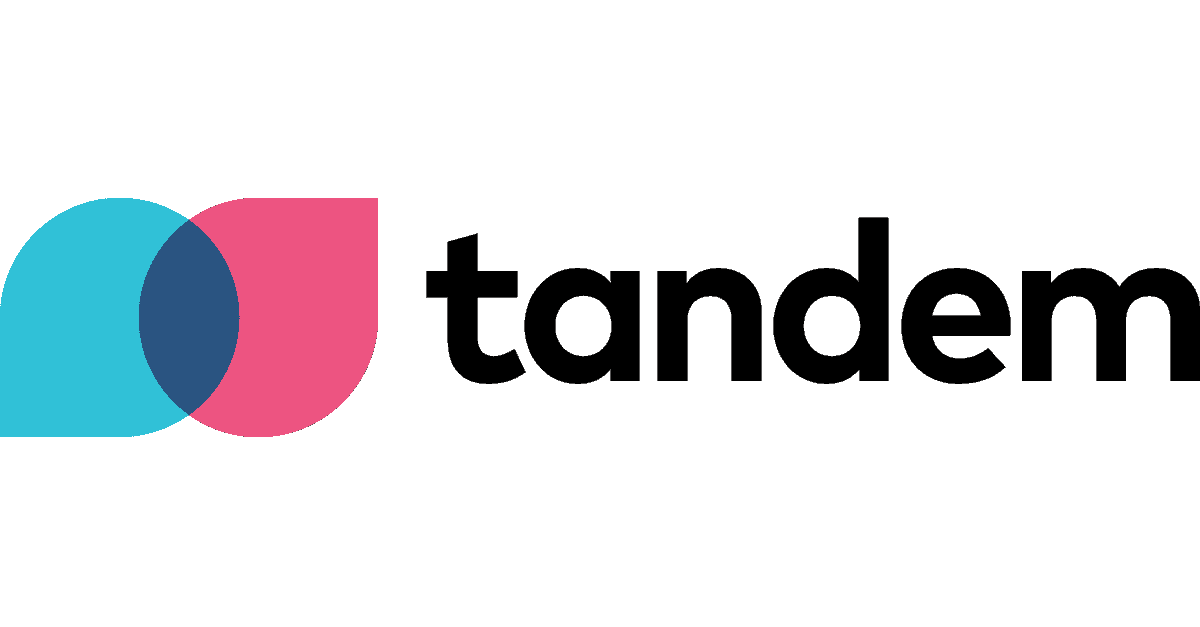
Compared to HelloTalk, Tandem also offers a tutoring service apart from its chat capabilities and language tools. The app also has a sleek and trendy aesthetic.
See our Super-Detailed Tandem Review
Best for Quick Questions
HiNative
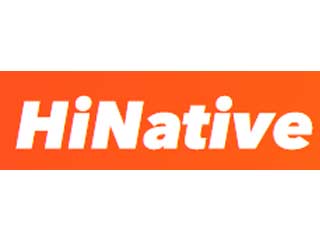
You definitely won’t be able to make this one your only study resource, but it can make an incredibly useful tool. HiNative connects language learners with questions to people that are proficient in that language. It’s the perfect resource for getting quick answers to questions you can’t look up in a dictionary or textbook.
The way it works is pretty simple. Post a Japanese-related question and wait for a response. There are some pre-made question templates to make the process smoother, and getting a response usually happens very quickly. Of course, there’s always the possibility that random people on the internet will give inaccurate advice, but it’s a rare occurrence on this site.
See our Super-Detailed HiNative Review
Maybe Try These Japanese Learning Apps
Of course, there are some apps that are commonly recommended but didnt make our favorites list. Do you see any one that you like?
Rocket Japanese
The Rocket Languages series is a popular one that offers decent courses for general practice in some languages, but Asian languages aren’t its forte.
See our Super-Detailed Rocket Japanese Review
Busuu
Busuu has got a cool social feature, a great layout, and some really good courses. Its Asian-language courses, however, aren’t the best out there.
See our Super-Detailed Busuu Review
LinguaLift
This resource feels a bit like a textbook in that there’s a lot of reading involved and the lessons are all text-based. You’ll get some good practice, but you’ll have to wade through a bunch of English to get it.
See our Super-Detailed LinguaLift Review
Mango Languages
The Mango Languages courses are easy to use, with a nice interface and some quality exercises, but it’s lacking in the way of grammar explanations. Best for learners at the beginner or intermediate level.
See our Super-Detailed Mango Languages Review
Mondly
Mondly could make a good resource for someone preparing for a vacation in Japan, but it won’t help you learn more than the basics and some vocabulary.
Spring Sale! Get 96% off Lifetime Access to Mondly Premium, plus bonus access to Mondly AR & Mondly Kids! See details on the website. Offer ends on 4/30/24.
See our Super-Detailed Mondly Review
Rosetta Stone
Its immersive approach has made it one of the more famous language resources out there, but it’s very repetitive and won’t supply you with any explanations. This isn’t the best way for most people to learn Japanese.
ALR Readers Exclusive Holiday Deal!! Get the Lifetime Subscription for 25 languages for $179 (everywhere else it’s $199 right now!). See details on the website.
See our Super-Detailed Rosetta Stone Review
Word Dive
Word Dive is easy to use, and its short practice activities make it a convenient option, but you won’t get any grammar explanations or detailed instruction.
See our Super-Detailed Word Dive Review
Best Free(mium) Apps for Learning Japanese
Our Bargain Basement section includes the best free and freemium apps to learn Japanese if you’re on a budget.
Best for Grammar Practice
Bunpo
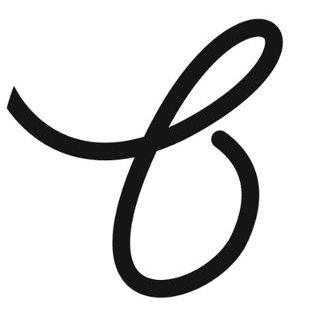
We haven’t had the chance to fully test this one, but it’s a popular app that’s convenient and fun to use. Through interactive lesson activities and lots of grammar explanations, users are able to learn and practice material at any of the JLPT levels.
It’s pretty comprehensive in that you can start from the beginning with the Japanese alphabet and theoretically progress all the way to material at the JLPT N1 level. Built-in study tools include SRS flashcard review, a Japanese dictionary/translator, and grammar quizzes. Bunpo Plus is a paid subscription with some additional features.
Best Japanese Radio App
Radio Japan

It might not be a feasible option for beginners, but listening to Japanese radio can make a great addition to fill out your study plan. Listening to native material is one of the best ways to get used to the way the language sounds as it’s actually spoken. It’s also a great way to get some cultural insights to deepen your understanding and relationship with the language.
The Radio Japan app gives access to over 1,000 stations, making it likely you’ll find a few stations that interest you. Topics covered include sports, music, news, talk shows, and more. You will have to sit through the occasional ad, but this app is free.
Best Browser Extensions for Reading Practice
Rikaikun

Rikaikun is a web browser extension for Chrome and is also compatible with Safari, which shares some functionality with LingQ and Readlang but is made specifically for Japanese. It is free to install and displays the definitions of words you hover over with your mouse on any web page. You’ll also get some extra information about the Kanji you select, and there is support for text-to-speech playback.
Yomichan

Yomichan is another free Chrome browser extension that has the same functionality and features as Rikaikun.
The app has the added benefit of allowing users to import material directly into Anki for later study.
Best Gamefied Language App
Duolingo
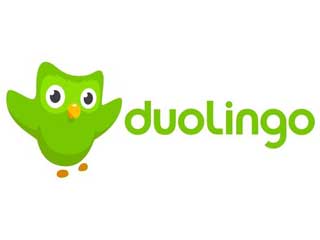
This resource feels a bit like a textbook in that there’s a lot of reading involved and the lessons are all text-based. You’ll get some good practice, but you’ll have to wade through a bunch of English to get it.
See our Super-Detailed Duolingo Review
Many Free Japanese Lessons (many other paid ones)
edX
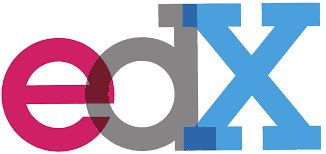
The edX courses are free online university courses, meaning the instruction is likely to be thorough and potentially on the formal side. Learners can usually pay for a certificate upon completion.
Coursera

Coursera offers online courses from universities around the world, open for registration at any time, and self-paced. Advanced learners can take courses on many different subjects taught in Japanese, and others will be able to find courses teaching the language. Courses are free, and most offer a certification upon completion if you’re willing to pay.
So, What is the Best App for YOU to Learn Japanese?
As we mentioned, this list doesn’t cover every Japanese app out there. It also doesn’t cover all the great resources that are unavailable as apps.
To find more resources aside from apps, see our compiled list of the best Japanese courses, the best Japanese podcasts, and the best Youtube channels for learning Japanese. If you would like to explore a wider scope of Japanese learning, check out the “Best Way to Learn Japanese – 15 Tips to Try Today“.
It is always smart to take advantage of more than just one resource in your mission to learn any language. Although many of the apps in this post are extremely useful, they’re also usually best when used with other practice methods. The number of options is incredible so you should have no trouble finding one or two that work for you.
Japanese is one of the most difficult languages to learn, so it shouldn’t be a surprise that finding top quality learning apps is equally as challenging. For this reason, you need to know what makes a great app for learning Japanese in order to make your final choice of which app—or apps—can help you reach fluency.

